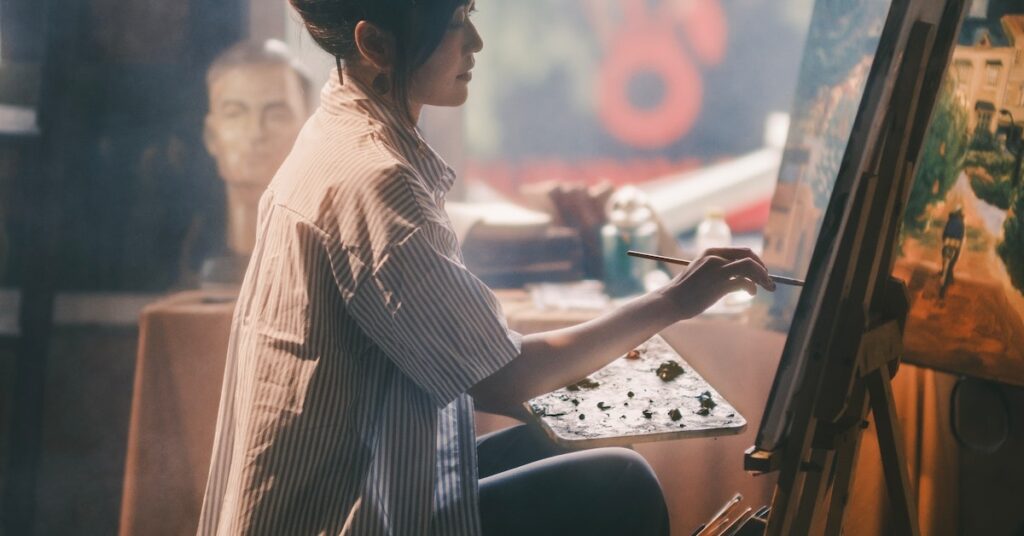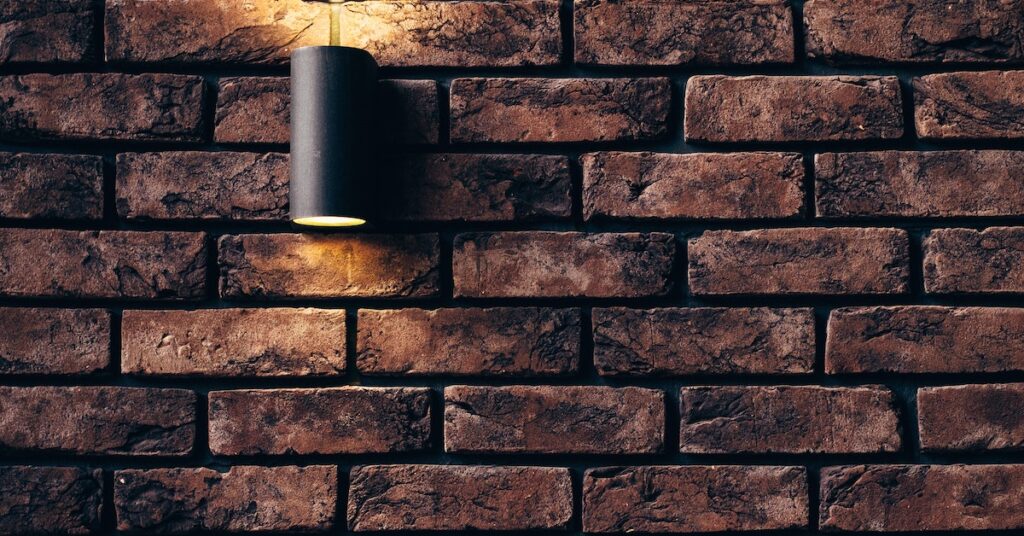Whether you’re looking to earn an associate’s degree or a Master’s in Studio Art, there are several programs available to help you get there. Learn more about the types of degrees and the internships you can pursue with a studio art degree in this article.
Associate of Fine Arts Degree (AFA)
Whether you are a student planning to transfer to a four-year school or are just beginning your creative education, an Associate of Fine Arts degree can provide you with a foundation for artistic development. This professional transfer degree can be earned in as little as two years for full-time students. It provides students with a thorough education in studio art, including courses in drawing, painting, and graphic design. AFA students also develop fundamental knowledge of computer technology. Upon completion of an AFA degree, students have the opportunity to transfer to four-year colleges to complete a Bachelor of Fine Arts degree. AFA graduates can apply their skills to many digital applications such as filmmaking, graphic design, and animation.
Students pursuing the Associate of Fine Arts degree should work with their advisors to develop an educational plan. They should also meet with their academic advisors on a regular basis. They should also check with their academic advisors to determine if they can meet transfer requirements for their desired four-year degree. For example, students should meet with their advisors to determine if they can meet the requirements for a transfer degree in art. If they do, they should take courses in order to ensure that they meet their goals.
Students must also complete the general education requirements of the college they plan to attend. They should also meet the foreign language requirement of their receiving college. They should work closely with their counselors to ensure that they are able to successfully transfer. Choosing a college early on in their education can also help ensure a smooth transition. The Maryland Higher Education Commission has a list of statewide programs.
The Associate of Fine Arts in Studio Art degree is designed to prepare students for a Bachelor of Fine Arts degree in studio art. It is composed of the first two years of study toward a BFA degree. In addition to the studio art courses, the program provides students with a solid liberal education. AFA students will develop skills in drawing, painting, and sculpture, and they will learn the fundamental principles of color theory, visual observation, and art history. These courses are designed to provide students with the foundational knowledge they need to successfully transfer to a four-year college and pursue a Bachelor of Fine Arts degree.
Students who choose the Associate of Fine Arts in Computer Arts option will study foundation and intermediate level computer arts courses. These courses will also provide students with a broad foundation in art history, art theory, and art appreciation. They will also gain the critical thinking skills and practical skills necessary to pursue a career in art. Graduates of the AFA in Computer Arts program may continue their education in the computer arts by pursuing a Bachelor of Fine Arts degree in art history, art theory, or art education.
Master’s in Studio Art
Obtaining a Master’s in Studio Art degree can help you develop teaching skills and enhance your career. The program combines studio practice with progressive course work in art history, critical theory, and practiced criticism.
A Master’s in Studio Art can be completed in one to three years. You can earn your degree by taking courses in any of the following areas: painting, drawing, sculpture, ceramics, photography, graphic design, digital art, illustration, or film. The program will require you to complete at least 50 to 70 credit hours of graduate study. A typical program will also require you to take a specialization in one of these areas.
Most Studio Art graduates pursue a career as a visual artist. This can include art teaching, illustration, photography, art department work, freelance gigs, and more. However, you need to have a teaching qualification before you can teach in a public or private school. You can gain experience by teaching in a summer session, or by volunteering for extracurricular educational arts programs.
If you are interested in working as an illustrator, you can create a YouTube channel where you can share knowledge and learn from other artists. You can also get freelance gigs for companies that need artists to create artwork. You can also become an assignment photographer.
While earning your Master’s in Studio Art, you will be able to explore the role of art in society. You will learn about different cultures and styles. This can help you build a diverse portfolio, and it can help you understand the global power of art.
The first year of study is focused on developing creativity, community engagement, and technical skills. You will also be introduced to historical and contemporary art models. Your advisor will help you develop your educational plan and work with you to find your artistic path. You will have access to every studio, lab, and tool that the program offers. You will also have the option to take two art theory classes.
The Master’s in Studio Art program at the School of Atelier Arts is a fully accredited program. It is in partnership with the Florence Academy of Art. The program has just been launched, and it is designed to provide students with advanced training in art teaching. The MFA program offers approximately 25 students a supportive environment to explore their creative passions.
The University Library Gallery Annex was scheduled to host a gallery show for Sacramento State Master’s in Studio Art graduates from May 1 through May 15. However, it was cancelled because of shelter-in-place. It was also reported that the gallery show was cancelled because the University Library Gallery Annex was part of the University Library Gallery.
The University of Phoenix offers a number of studio art degrees. Their BFA program is focused on career preparation and study. The program teaches the foundation principles of art, drawing, painting, ceramics, sculpture, and electronic arts. They also have a certificate program that teaches digital design skills.
Internships in art-related fields
Whether you are a recent art student or a veteran art professional, an art internship can help you to build your career. A variety of internships are available for students in art related fields, ranging from graphic design and web design to animation and visual effects. Whether you are an art history major or a visual arts major, internships can help you gain valuable real-world experience. There are many ways to find an internship, including browsing websites of individual artists or organizations, or looking for an art internship classifieds on the New York Arts Directory.
For students interested in art history, internships can be found at museums, galleries, and auction houses. They can also be found in publishing, graphic design, advertising, and other creative industries. Some internships are even paid. The type of internship you pursue will depend on your interests and skills. Some internships offer a variety of tasks, whereas others will require more specialized skills.
Students can find internships at museums or galleries of all sizes. Often, internships are paired with full-time staff and offer opportunities to learn about the day-to-day tasks of a museum or gallery. The projects vary depending on the needs of the museum or gallery, but may include publicizing an art exhibition, planning events, or managing a collection.
Many art internships require a relevant qualification, such as a degree, or equivalent experience. Interns can learn about art restoration and appraisals, and develop relationships with art collectors. Students can also participate in art workshops, summer camps, or activity centers for young people. Many artists hone their craft while working in a gallery or museum.
Art internships can also help you to build your portfolio. Having a strong portfolio can help you to secure commissions for future projects. An art internship can also lead to full-time employment. In addition, art internships offer opportunities to network with industry professionals, learn about career paths in the arts, and gain practical experience.
Internships are one of the best ways to gain experience and develop skills. Whether you are a student, professional artist, or art collector, internships can help you to develop professional connections, build an impressive portfolio, and make important connections in the art industry. They also provide key on-the-job skills.
Many art internships are paid, but unpaid internships are common in the creative industry. In fact, according to a report from the Sutton Trust, 86 percent of creative internships in the United Kingdom are unpaid. A paid internship typically offers a higher compensation, but the job may also offer a lower level of experience than an unpaid internship.
While art internships provide valuable experience, they aren’t always easy. They often require strong organizational skills and a stellar portfolio. Some internships function like a full-time job, while others allow students to earn college credit.








